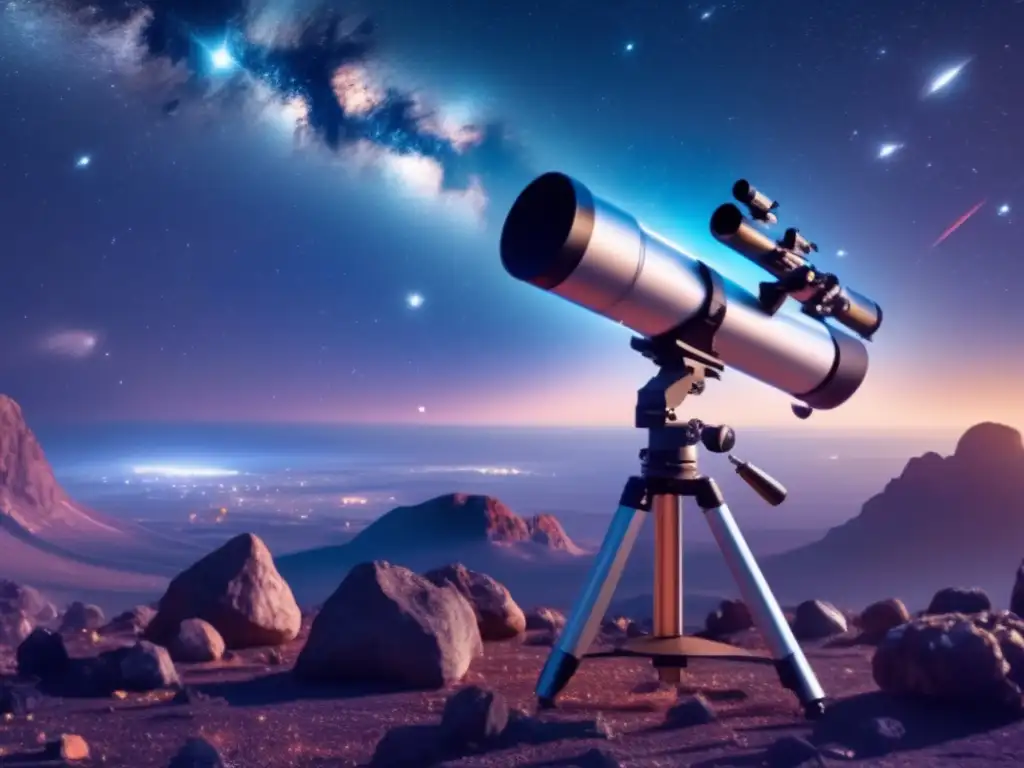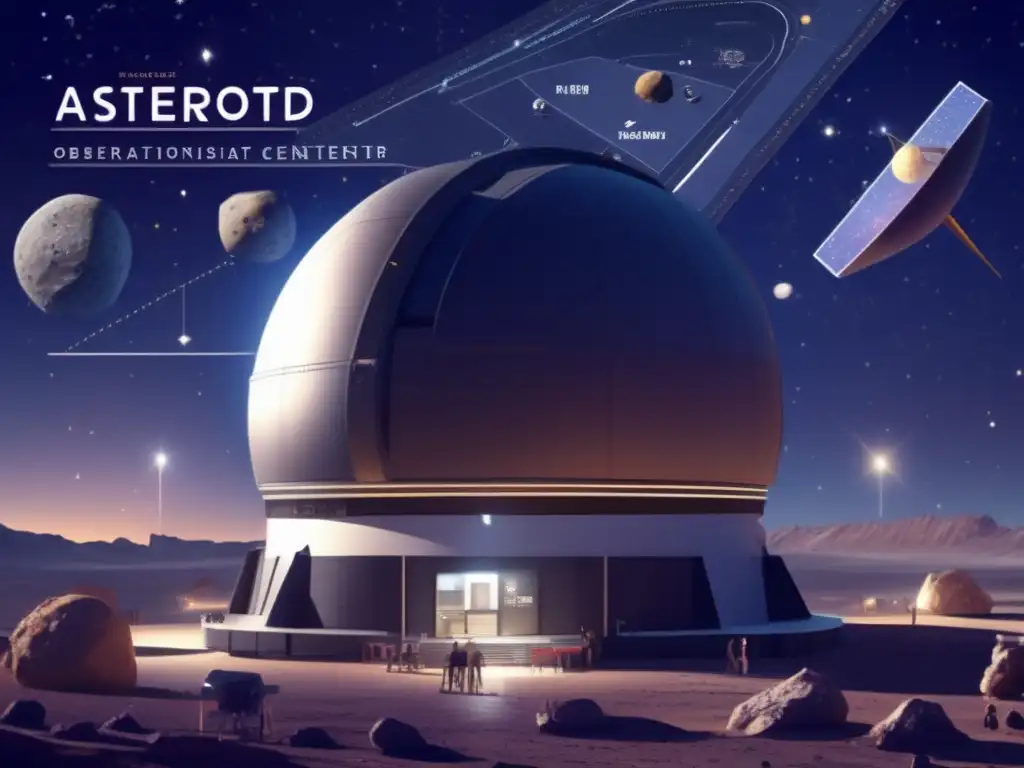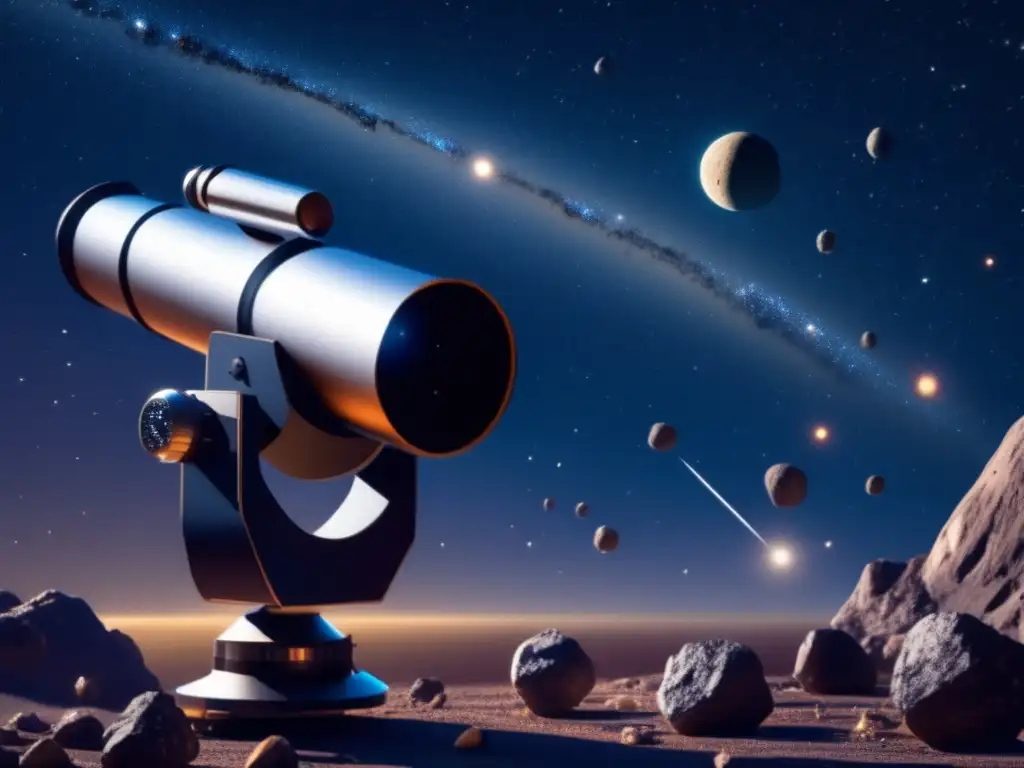The Use Of Star Atlases In Asteroid Observation

Introduction
Asteroids have long fascinated astronomers and enthusiasts alike with their mysterious nature and potential impact on our planet. Over the years, various methods have been employed to study and observe these celestial objects. One such method that has proved invaluable in asteroid observation is the use of star atlases.
The Importance of Star Atlases in Asteroid Observation

Mapping the Night Sky
Star atlases are detailed maps of the night sky that depict the relative positions of stars, constellations, and other celestial objects. These atlases have been used for centuries to aid astronomers in their observations and provide a framework for understanding the vast cosmos. When it comes to studying asteroids, star atlases are particularly useful in mapping their positions within the night sky.
Locating and Tracking Asteroids
By utilizing the information provided in star atlases, astronomers can pinpoint the exact locations of asteroids in relation to the surrounding stars and constellations. This knowledge is essential for tracking asteroids over time and predicting their future paths. Star atlases allow astronomers to accurately identify and monitor individual asteroids, enabling them to gather valuable data about their orbits, sizes, and compositions.
Historical Context
The use of star atlases in asteroid observation has a rich historical significance. Early astronomers relied heavily on these atlases to navigate the night sky and make important astronomical discoveries. Notable astronomers such as Johannes Kepler and Galileo Galilei used star atlases to chart the movements of celestial bodies, including asteroids. Today, star atlases continue to play a vital role in asteroid research, acting as a bridge between past observations and modern discoveries.
The Process of Using Star Atlases in Asteroid Observation

Acquiring Star Atlases
To utilize star atlases for asteroid observation, astronomers need access to reliable and up-to-date atlases. These can be obtained from reputable sources such as observatories, planetariums, or online platforms dedicated to astronomy. It's important to choose atlases that cover the desired observation period and have accurate star positions.
Aligning the Atlas
Once a suitable star atlas is acquired, astronomers must align it with their observation equipment, such as telescopes or binoculars. This typically involves matching certain prominent stars or constellations depicted in the atlas with the actual night sky. By aligning the atlas correctly, astronomers can accurately identify and locate the asteroids they wish to observe.
Tracking Asteroids' Movements
As asteroids move across the night sky, astronomers refer to star atlases to trace their paths and monitor their progress. By comparing the positions of asteroids to the stars and constellations depicted in the atlas, astronomers can determine the asteroids' motion relative to Earth. This information is crucial for understanding the orbital dynamics of asteroids and predicting potential future encounters with our planet.
Advancements in Technology and the Future of Asteroid Observation

Digital Star Atlases
In recent years, advancements in technology have revolutionized asteroid observation. Digital star atlases, accessible through computer programs or smartphone applications, offer enhanced accuracy and convenience. These digital tools often provide real-time tracking of asteroids and can automatically align with observation equipment, making the process more efficient and accessible to amateur astronomers.
Space-Based Observatories
The future of asteroid observation lies in space-based observatories equipped with advanced telescopes and imaging technologies. These observatories, such as NASA's Hubble Space Telescope or the upcoming James Webb Space Telescope, can capture high-resolution images of asteroids without the interference of Earth's atmosphere. Incorporating data from these observatories into star atlases will further refine our understanding of asteroids and their characteristics.
Citizen Science and Public Engagement
Asteroid observation is not limited to professional astronomers. Citizen science initiatives encourage amateur astronomers and astronomy enthusiasts to contribute to asteroid research. By providing access to star atlases, online databases, and collaborative platforms, these initiatives promote public engagement and expand the network of observations needed to better understand asteroids.
Frequently Asked Questions

-
How can star atlases help identify new asteroids?
Star atlases provide important reference points for identifying and tracking asteroids in the night sky. By comparing the positions of unknown objects to known stars and constellations, astronomers can determine if they have discovered a new asteroid.
-
Can star atlases be used to study the composition of asteroids?
While star atlases primarily assist in determining the position and motion of asteroids, they can indirectly contribute to the study of composition. By accurately tracking an asteroid's path over time, astronomers can predict flybys near other celestial objects, allowing for targeted observations and potential investigations into their compositions.
-
What are some famous asteroids that have been extensively observed using star atlases?
Asteroids like Ceres, Vesta, and Eros have received significant attention from astronomers and have been extensively observed using star atlases. The accurate mapping provided by star atlases has allowed scientists to study their orbits, shapes, and geological features in detail.
-
Are star atlases still useful in the age of digital imaging and automated telescopes?
Yes, star atlases remain invaluable tools in asteroid observation. While digital imaging and automated telescopes offer advanced capabilities, star atlases provide astronomers with a visual reference and historical context. They also serve as a backup when technical issues arise or for comparative analysis.
-
How can I contribute to asteroid observation using star atlases?
If you're interested in contributing to asteroid observation, you can start by acquiring a reliable star atlas and familiarizing yourself with its usage. Joining citizen science initiatives or collaborating with local astronomy groups can provide opportunities for sharing observations and participating in data collection efforts.
Conclusion
Star atlases play a crucial role in asteroid observation, providing astronomers with essential tools for mapping the night sky and tracking the movements of these celestial objects. As technology continues to advance, we can expect even more precise and accessible methods for asteroid observation. However, the historical significance and practicality of star atlases will always be cherished within the field of astronomy. By combining traditional methods with modern technologies and fostering public engagement, we can enhance our understanding of asteroids and their impact on our universe.
We encourage you to share your thoughts and experiences in the comments section below. Additionally, consider subscribing to www.asteroidrealm.com for more informative articles and updates on the fascinating world of asteroids. Thank you for your time and attention!
Additional Resources

For further exploration into the topic of asteroid observation and star atlases, we recommend the following resources:
 The History And Evolution Of Asteroid Observation
The History And Evolution Of Asteroid Observation How To Contribute To Asteroid Research As An Amateur Astronomer
How To Contribute To Asteroid Research As An Amateur Astronomer The Role Of CCD Cameras In Asteroid Observation
The Role Of CCD Cameras In Asteroid ObservationIf you want to discover more articles similar to The Use Of Star Atlases In Asteroid Observation, you can visit the Telescopes and Asteroid Observation category.
Leave a Reply

Articulos relacionados: